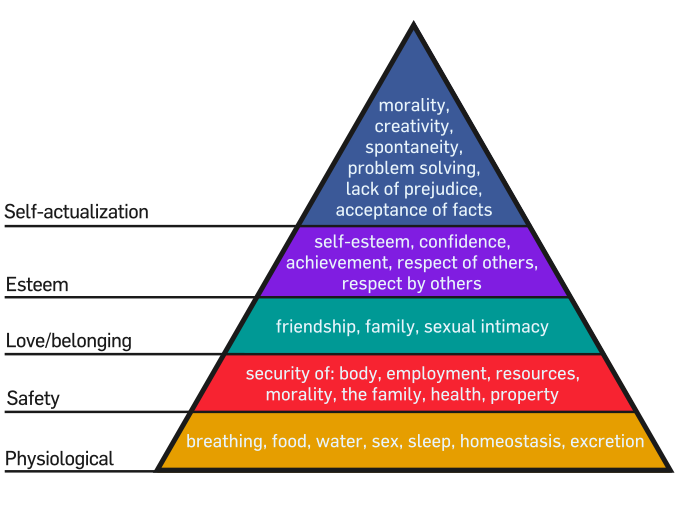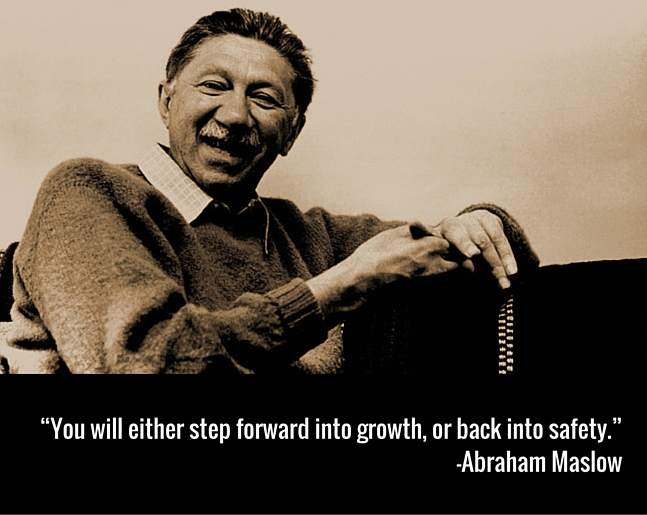In the 40s an American psychologist named Abraham Maslow studied something he called self actualization — this being the highest level of human consciousness. As he observed everything from primates to the particularly evolved Blackfeet Indians, he started to develop his idea around “Maslow’s Hierarchy of Needs”.

Much of what we currently observe in American politics and culture are easily correlated to this concept. If people are in the bottom of the pyramid they are only capable of fighting for survival. This level is focused on the strict physiological needs to survive and exist in the most basic way.
As certain groups are pounded with media that drives home the belief that the end is near they naturally activate fight or flight. This may be environmental activists or cultural conservatives but they both become irrational and, more importantly, impossible to reach with any rational messaging. They are only interested in fighting to survive.
Maslow never imagined a world where healthy, wealthy people could be reduced back to the bottom of the pyramid. This is a strange, new world.
In the Maslow world, people would naturally move up to the higher levels of consciousness when given the opportunity to do so. It’s still an observable path taken by many, if not most, people. But the idea that we would use political messaging to arrest human development in service to political ends would have seemed absurd to an early 20th-century thinker.
It’s well worth our time, as we go kicking and screaming into another election cycle, to ask ourselves where we land on the pyramid.
We are in desperate need of people in the top two brackets. Only when we can see past the spectre of doom can we start developing solutions that are less exclusive and more inclusive.
You can’t save the world without regular access to food and water, but, when the fear of losing freedom or finance is invented then we are responsible for our own reevaluation.
It’s no one’s fault but our own if we stunt our sociological growth because of Twitter posts. Look at the chart below and honestly ask yourself; where “should” I be and then ask where “am” I? If those two answers match, then congratulations! Now go help someone else achieve the same clarity.

